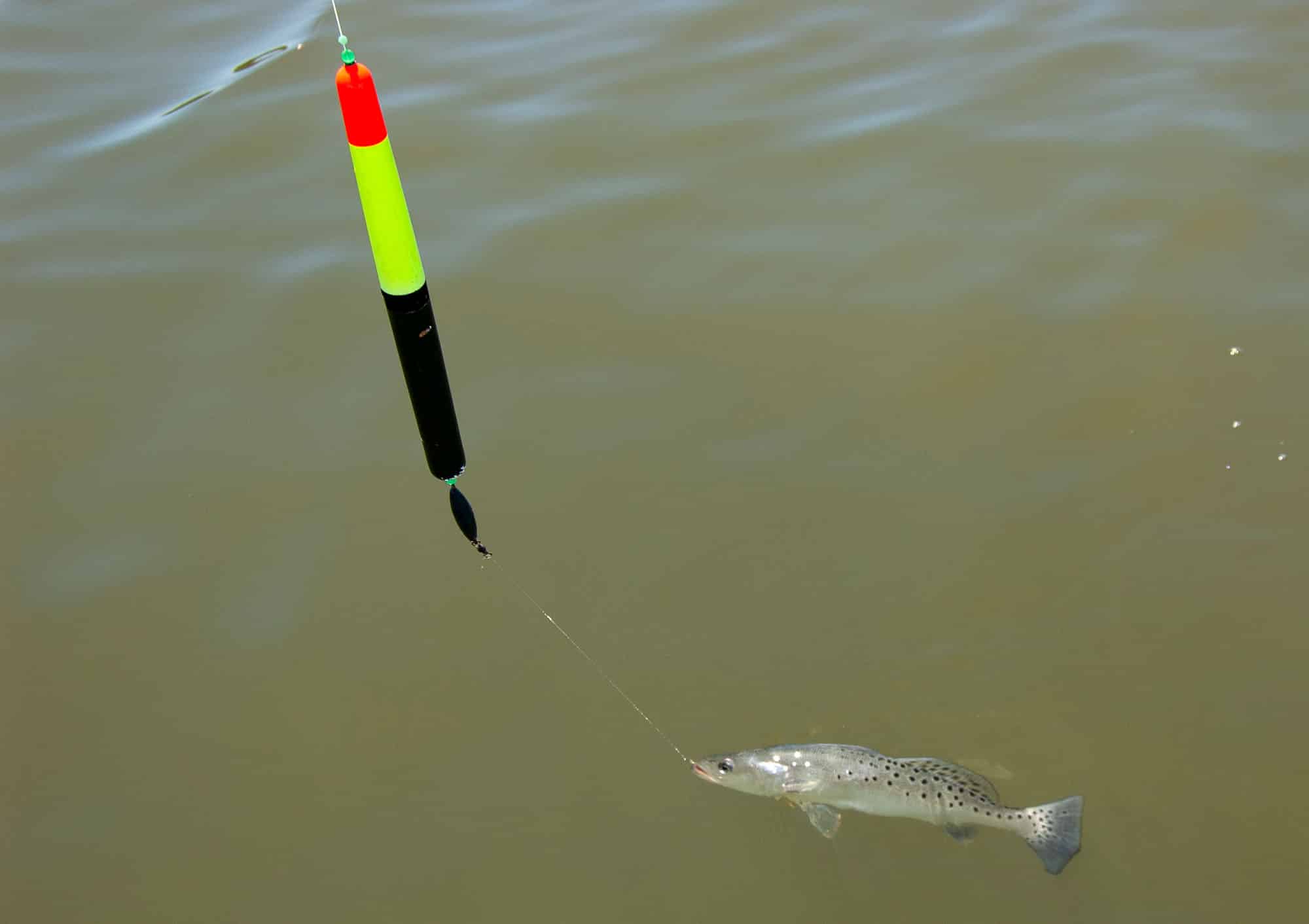Selecting the right pencil float can greatly enhance your fishing experience, especially when targeting specific species or fishing in varying conditions. Here’s a comprehensive guide to help you make an informed choice.
Understanding Pencil Floats
Pencil floats are slim, elongated fishing floats designed for sensitivity and precision. They are ideal for detecting subtle bites and are commonly used in freshwater fishing.
Key Factors in Choosing Pencil Floats
- Material:
- Balsa Wood: Lightweight and highly sensitive, perfect for calm waters.
- Plastic: Durable and versatile, suitable for a range of conditions.
- Size and Buoyancy:
- Choose a size that matches the weight of your bait and the type of water you’re fishing in. Smaller floats are more sensitive, while larger ones offer better visibility and stability in rough waters.
- Visibility:
- Opt for bright colors like red, orange, or yellow for easy visibility against water and environmental backdrops.
- Weight Capacity:
- Ensure the float can support the weight of your bait and any additional tackle. A float that is too light will submerge, while one that is too heavy may not signal bites effectively.
Types of Pencil Floats
- Fixed Floats:
- Best for shallow waters where depth adjustment isn’t necessary. They are attached at a fixed point on the line.
- Sliding Floats:
- Ideal for deep waters. They slide up and down the line, allowing you to set the bait at the desired depth.

Choosing Based on Conditions
- Calm Waters:
- Use lightweight balsa pencil floats for maximum sensitivity and subtle bite detection.
- Rough Waters:
- Opt for larger plastic floats that provide stability and are easier to spot in turbulent conditions.
- Clear Water:
- Choose less conspicuous colors and smaller sizes to avoid spooking fish.
Application Tips
- Adjust Depth Appropriately:
- Match the float’s position on the line to the target fish’s preferred depth.
- Balance with Shot Weights:
- Properly balance your float with split shots or other weights for optimal performance and sensitivity.
- Monitor for Bites:
- Keep a close eye on the float’s movement. Pencil floats are sensitive and will respond to even the slightest nibble.
Maintenance and Care
- Check for Damage:
- Regularly inspect your floats for cracks or chips that might affect performance.
- Clean After Use:
- Rinse with fresh water to remove dirt and debris, prolonging the life of the float.
- Store Properly:
- Keep them in a tackle box or protective case to prevent damage during transport.
Selecting the right pencil float can significantly impact your success on the water. By considering factors such as material, size, visibility, and the specific conditions you’ll be fishing in, you can enhance your ability to detect bites and improve your overall fishing experience. Invest time in understanding your needs and experiment with different options to find the perfect float for your style.
Image: sportfishingmag





